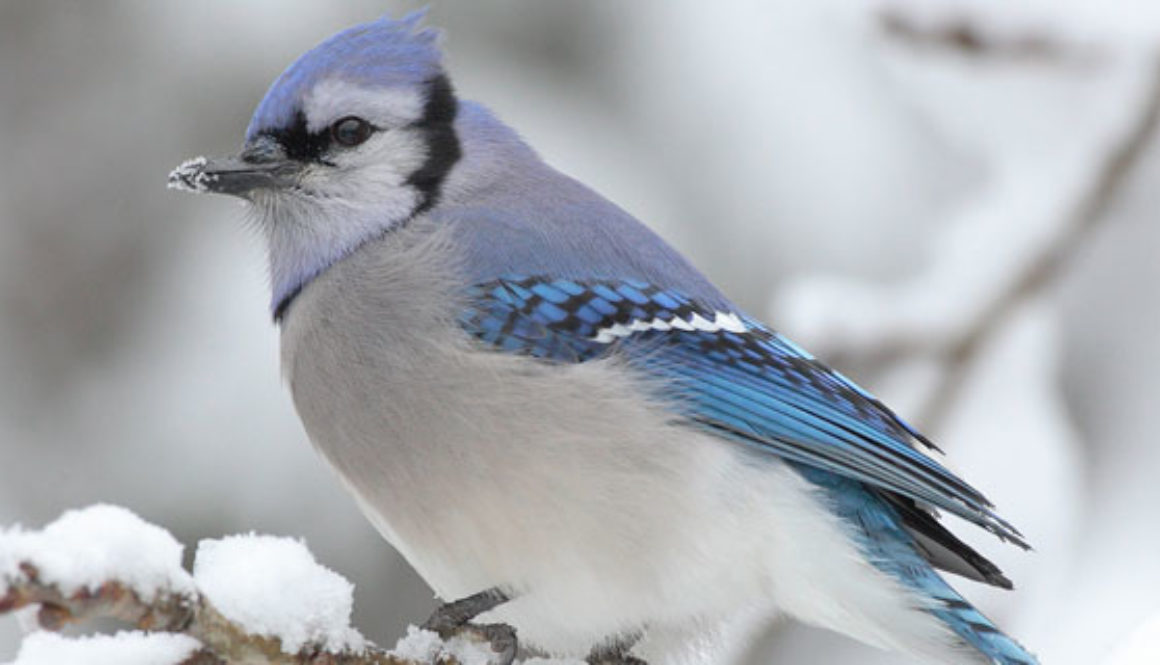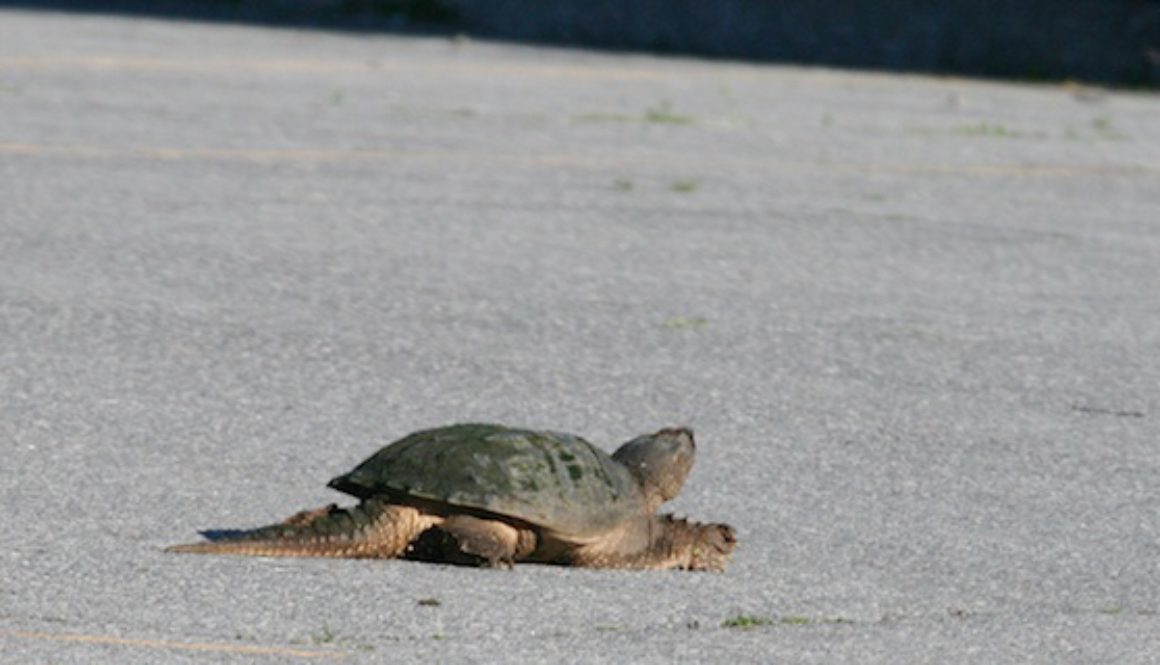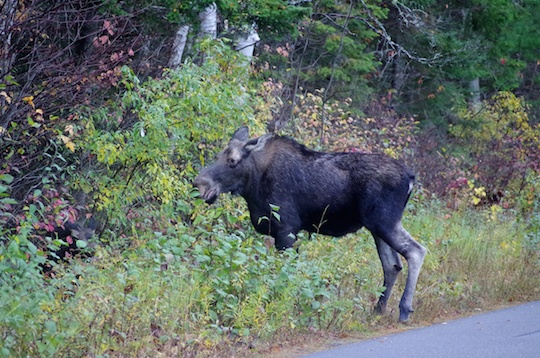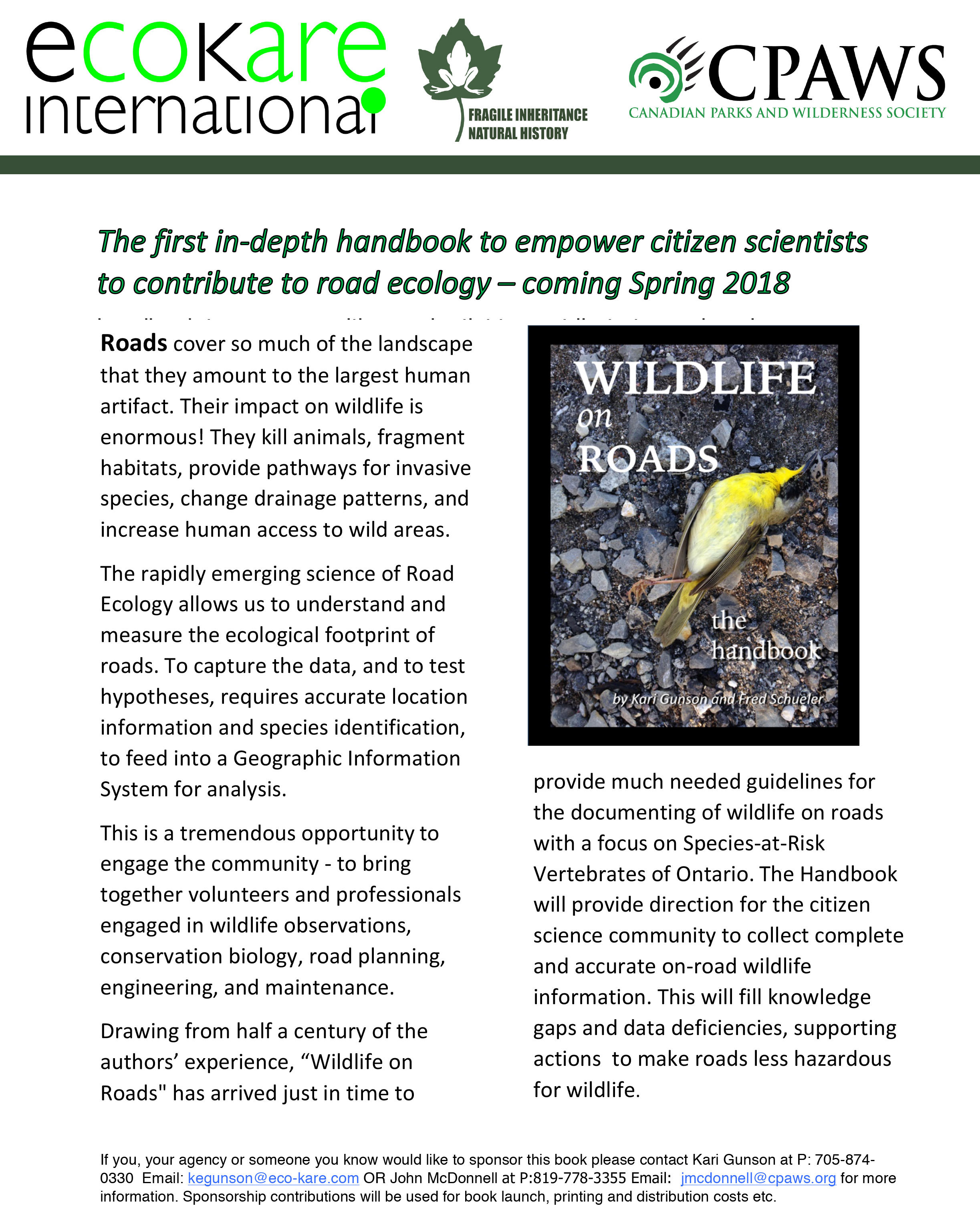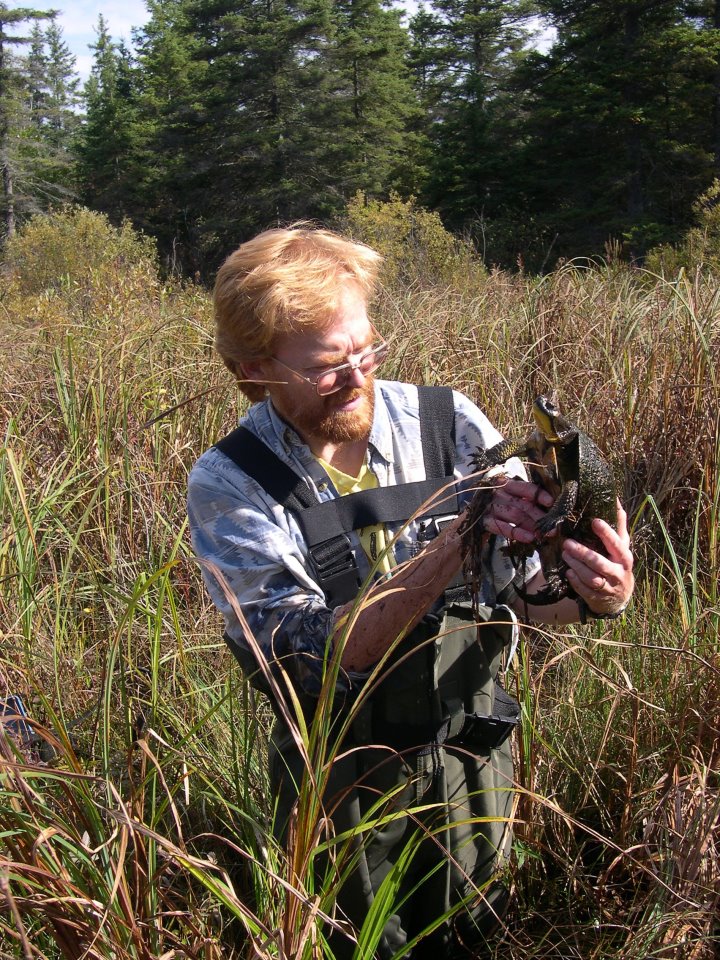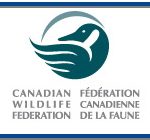Species at risk
As part of CPAWS-OV’s Algonquin-to-Adirondacks (A2A) campaign, we would like to draw attention to a number of animal and plant species which have been negatively affected by the lack of natural connectivity in the A2A Eastern Ontario region. Fragmentation of forests and the obstruction of natural corridors, both wet and dry, have contributed to significant declines in many plant and animal populations. The following is a just a small sample.
American Eel (Anguilla rostrata)
The American Eel is a freshwater fish whose broad range of habitats and migration patterns are still not fully understood by scientists. The American Eel has a fascinating life history. They mate and lay eggs in the Caribbean’s Sargasso Sea, where mostly-transparent larval forms travel across the ocean upstream to rivers and lakes. They mature there as adults for a few years, then head back to the sea and to the Caribbean, where they mate, reproduce and die.
Dams and other river barriers are major contributors to habitat loss and population fragmentation of the American Eel on their upstream journey to where they would spend most of their adult lives. Unfortunately, for more than a century, most dams have been constructed throughout the species’ Ontario range without even basic mitigation measures such as eel ladders being implemented. Downstream migration is equally difficult for the American Eel as hydro-electric dams’ turbines are a major cause of death and injury during their downstream return to the Atlantic ocean.
Over the past several decades the population of the American Eel in Ontario has plummeted. In many parts of the Ottawa River watershed, the species has been extirpated.
The Chats Falls Generating Station at Fitzroy Harbour, owned by Ontario Power Generation, Inc., is being updated. This generating station is a major impediment to the survival of the Ottawa Valley-based population of American Eels, as it is not equipped with eel ladders. A similar problem occur at most other hydro-electric facilities in eastern Ontario, including sites elsewhere on the Ottawa River, as well as on the Mississippi, Bonnechere, and Gananoque rivers. It is critical that eel ladders and other technologies be utilized at all sites to facilitate the passage of eels both upstream and down. In addition, a monitoring program must be put in place to determine if the measures that are taken are sufficient to allow the recovery of this important species. If not, then additional measures must be implemented. Technologies, such as water ladders, are available to permit the passing of American Eels through these barriers.
For more information, see the American Eel Ontario Draft Recovery Strategy [PDF]
and the following article: Fish unable to pass through dams in U.S. presents ‘cautionary tale’ for developing world
Eastern Wolf
The Eastern wolf once occupied a range throughout eastern North America as far north as the Great Lakes. Due to habitat loss, and deliberate attempts to exterminate wolves over more than a century, Eastern wolves were eliminated in most of their historical range. Today they occupy a narrow band stretching from the Gulf of St Lawrence to southeastern Manitoba. The exact boundaries of this range are still poorly defined. However, wolves are seldom seen any great distance south of Algonquin or Gatineau parks.
For more information, visit our Eastern Wolf Page.

